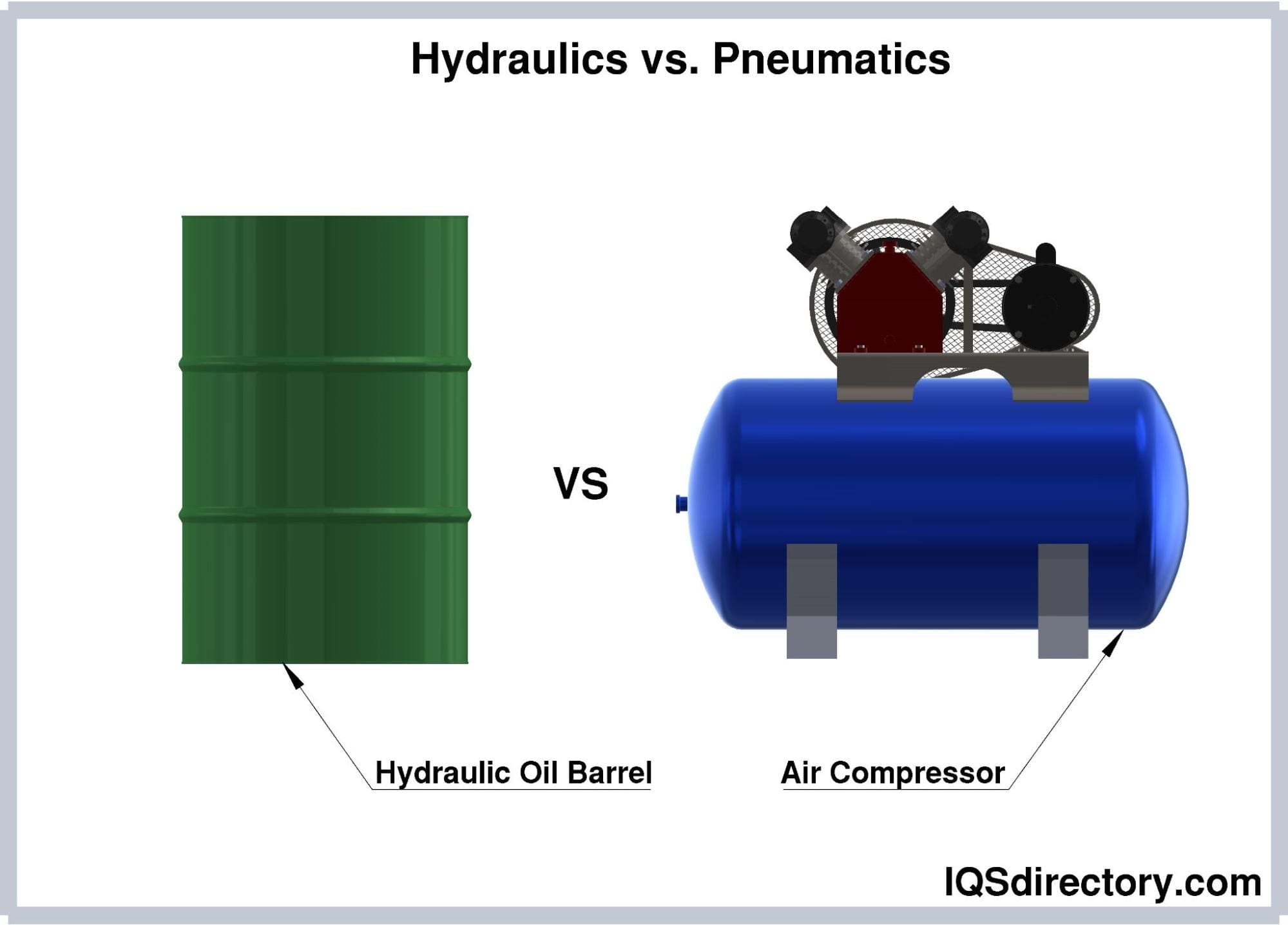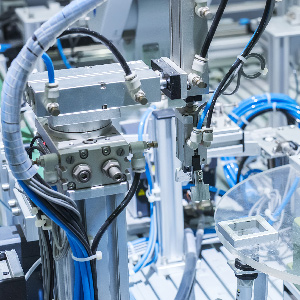With fluid power, there are two major types: pneumatic and hydraulic. Each has its advantages and disadvantages. The primary differences between the two are the amount of energy each provides and how much they are capable of handling.
Hydraulics are ideal for heavy lifting, while pneumatics are better suited for lighter loads. Both systems work on the same basic principles, but they require the same types of components and a system of valves. Find out more about the benefits of a Hydraulic Power Unit by going to /www.hydraproducts.co.uk/Hydraulic-Power-Units/Standard-Power-Units

Pneumatics use air as a medium to transmit power, while hydraulics utilize liquid media to generate force. In both cases, the air is compressed to low pressure and then purified using a filter. Because the pressure is lower, air can be transported more efficiently through pipework and pressure vessels. Air-operated circuits have fewer leaks and are cleaner, and they are also more efficient.
Aside from their pressure differences, the two systems are similar in their components. Compressed air is the most common fluid used for pneumatic systems, while hydraulic fluids are generally incompressible. But while hydraulics are designed to be extremely powerful, the air is more rapid and accurate. Despite this, both systems can transmit more than ten thousand pounds per square inch. This is because they can utilize synthetic varieties. It is possible to create higher pressure levels in a hydraulic system, but this requires more electricity and complex engineering.
Pneumatics are typically used in industrial applications and for construction. However, they are also used in medicine and technology. For example, a high-powered drill is powered by a pneumatic system. Some actuators are electrical, while others are purely mechanical.

As with all fluid power, hydraulic and pneumatic systems have different strengths and limitations. While both types can be used in various industries, they are best suited for particular environments.
Nevertheless, there are some risks when it comes to using these systems. These hazards are primarily due to the potential for leaks. If the hoses or valves are damaged, a leaking hydraulic system can cause massive problems, as can a pneumatic system with a broken pipe. There are several steps to reduce these risks, including using a suitable material and proper plumbing of the equipment.
The most important maintenance task is ensuring that all valves and seals are in good condition. Usually, all that is needed is a thorough inspection. Besides that, it is also essential to use a lubricant. Also, a quick repair is critical to preventing damage when the hoses are broken.
Generally, pneumatic systems are cheaper to set up and operate than hydraulic systems. Despite this, they offer less force and require regular maintenance to ensure they don’t leak.









